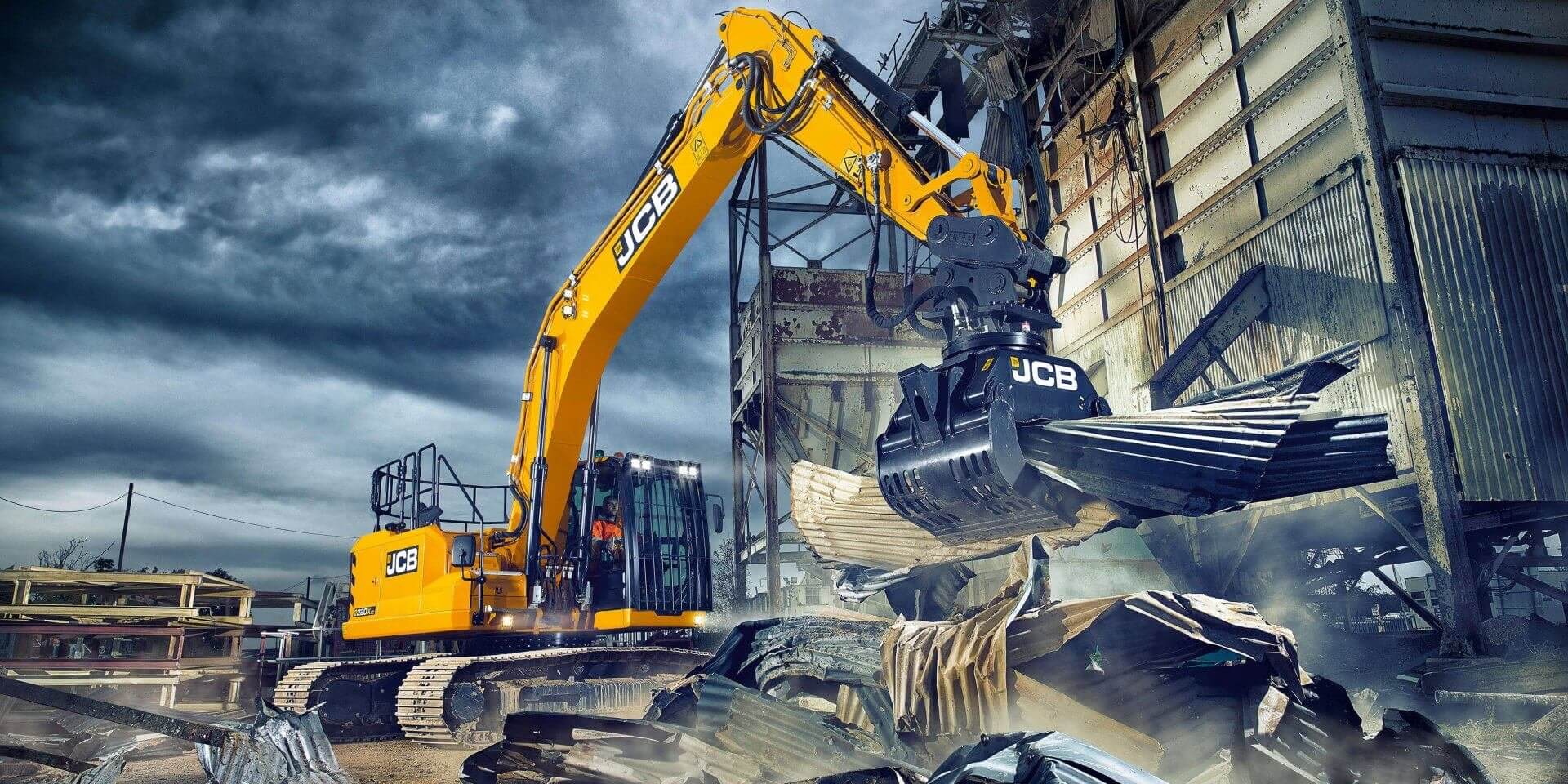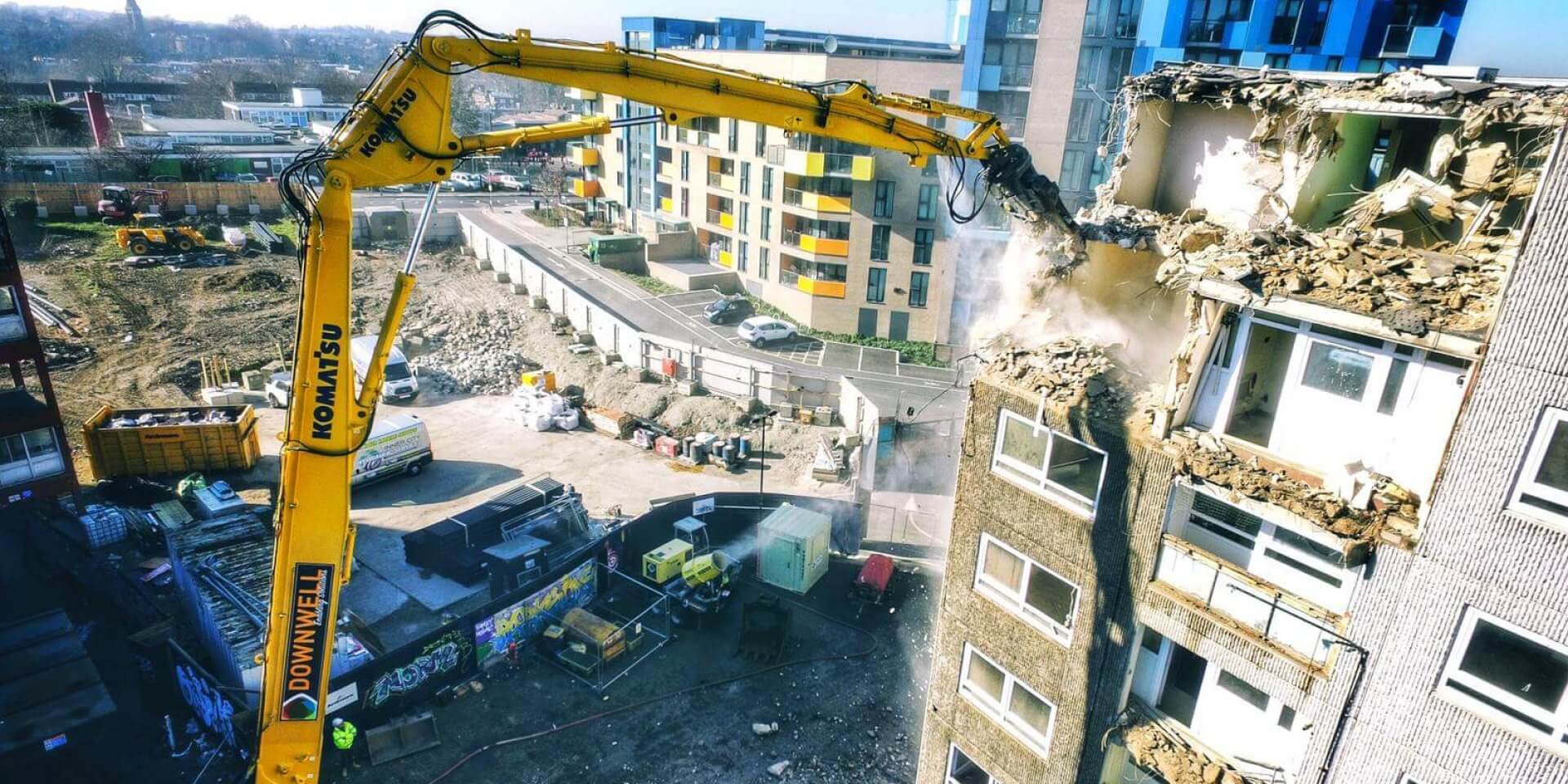Illinois city to conduct comprehensive review following bidding irregularities.
Mayor Sal Garza said he plans to conduct a “comprehensive review” of the city’s neighborhood improvement office after residents and contractors complained to City Council members about the bidding process for projects to demolish properties, with allegations that some contractors may have gained an unfair advantage by failing to follow state statutes.
The city’s neighborhood improvement supervisor, Dedra Mannon, who was in charge of inspecting properties that may have code violations, has moved to become the city’s human services coordinator.
Garza would not confirm nor deny if Mannon was going to switch jobs, saying he was not authorized to speak about personnel matters, but City Manager Dane Bragg confirmed she had switched positions, although a formal announcement has yet to be made.
Read the full story here.





